The Fall Webworm,
the Eastern Tent Caterpillar
and the Bagworms
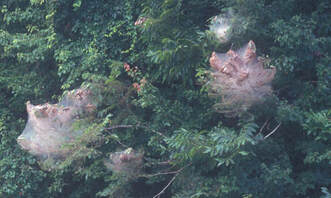 Webworm infestation
Webworm infestation 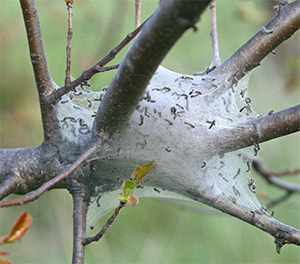 Eastern Caterpillar Tent Infestation
Eastern Caterpillar Tent Infestation Why are the Eastern Tent Caterpillars so despised? Well they start to form their web-enclosed colonies in the Spring in the forks of tree branches- which makes them hard to address. Cutting off the branch below the nest will generally lead to a harmful removal of an energy producing significant branch. So the only solutions were chemical (we don’t want those toxins today), biological (do we want to add biologic agents into the environment as pathogens that we don’t completely understand), or manual destruction. A heavy infestation can defoliate a newly leafing tree and kill it!
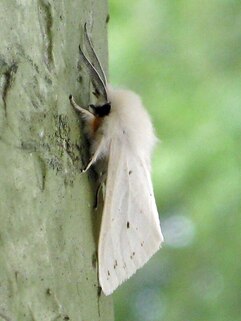 Webworm White Moth
Webworm White Moth What we were seeing now, were Fall Webworm colonies - not Eastern Tent Caterpillars. So what are Fall Webworms? Fall Webworms appear as a white moth with a wingspan of about 1 ½ inches from May to August. Those moths deposit up to 1500 eggs on the lower surface of the leaves of the host tree. When the eggs hatch, larvae begin spinning their webs over the leaves on which they feed. The web enlarges to cover more leaves as the larvae continue to feed.
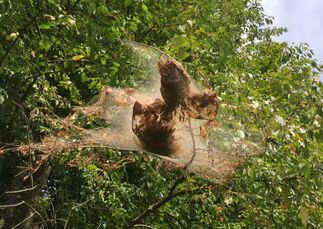 Our own webworm infestation
Our own webworm infestation Webworms prefer maple, birches, walnuts and willow trees. They damage trees by feeding on the leaves of those trees. Nevertheless, the feeding takes place in the Fall, shortly before trees shed their leaves anyway. It seems to be more of a cosmetic problem than a serious health risk for the tree.
One should however remove the web, if one can reach it, and destroy it by crushing or put it in an alcohol solution. Chemical measures are not needed, since it is late in the season. If the webworm is spotted in the beginning of its web building, chemicals can be applied. Insects are more susceptible when young.
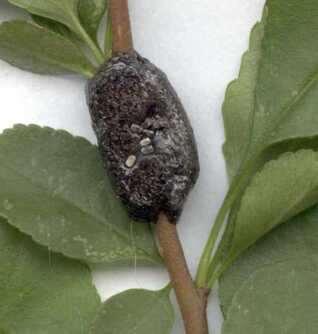 Eastern Catarpillar Tent Egg
Eastern Catarpillar Tent Egg The damage of caterpillars is done when they feed on new leaves after spinning a tent or web in the fork of a tree. Depending on the size of the tent population an infestation of Eastern tent caterpillars is capable of seriously damaging a tree.
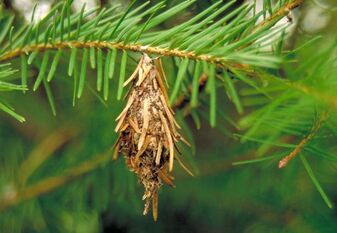 Bagworm Infestation
Bagworm Infestation 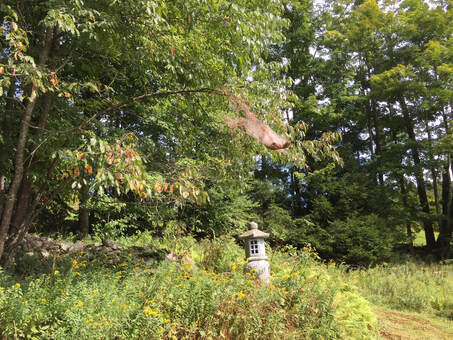
 RSS Feed
RSS Feed